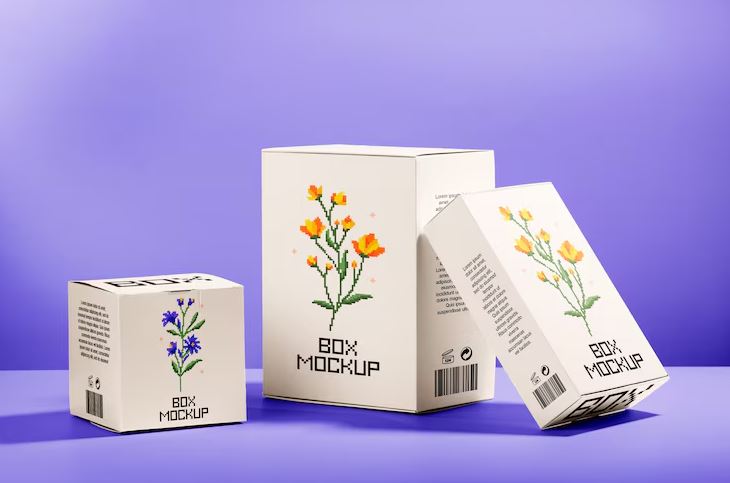
Box Packaging:
- Cardboard boxes: Commonly used for shipping and storing goods.
- Corrugated boxes: Provide extra protection due to their layered construction.
Flexible Packaging:
- Pouches: Suitable for products like snacks, powders, and liquids.
- Bags: Used for bulk items such as grains, pet food, and fertilizers.
- Films: Used for wrapping individual items or as liners for boxes.
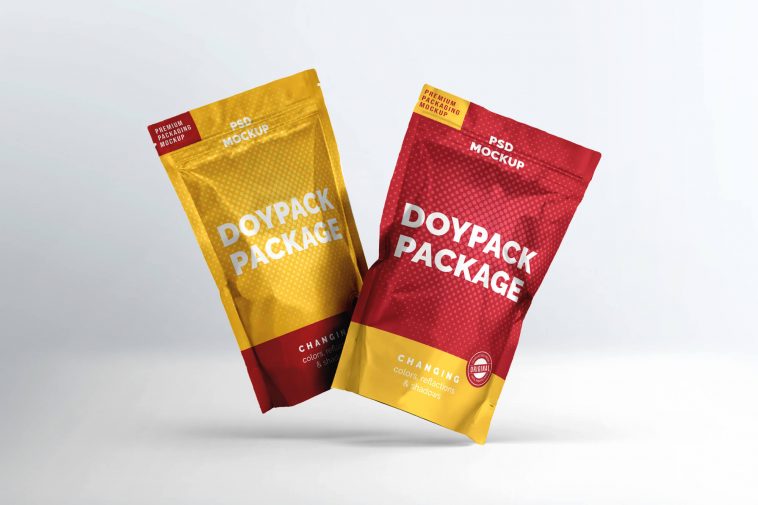
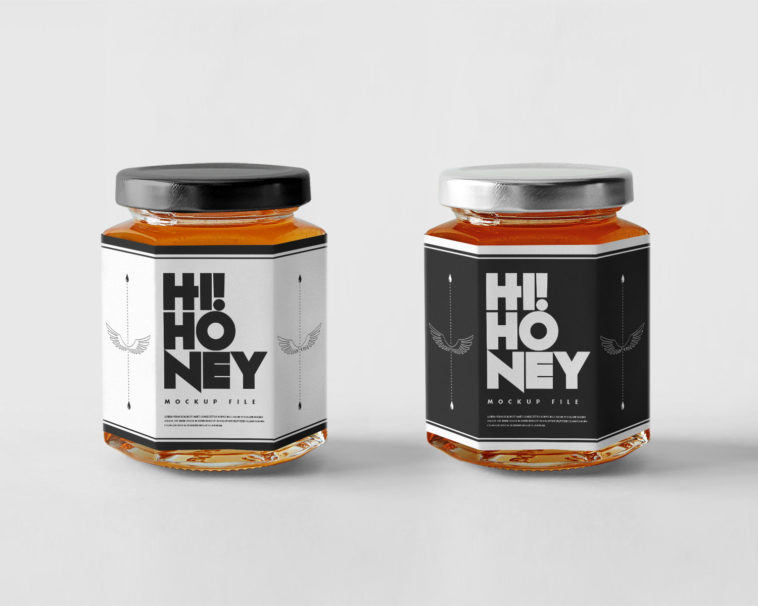
Bottles and Jars:
- Glass bottles: Commonly used for beverages, sauces, and cosmetics.
- Plastic bottles: Lightweight and versatile, used for beverages, personal care products, and household chemicals.
- Jars: Typically used for food items like jams, pickles, and spreads.
Cans and Tins:
- Aluminum cans: Used for beverages like soda and beer, as well as canned food items.
- Tin cans: Often used for canned fruits, vegetables, and soups.
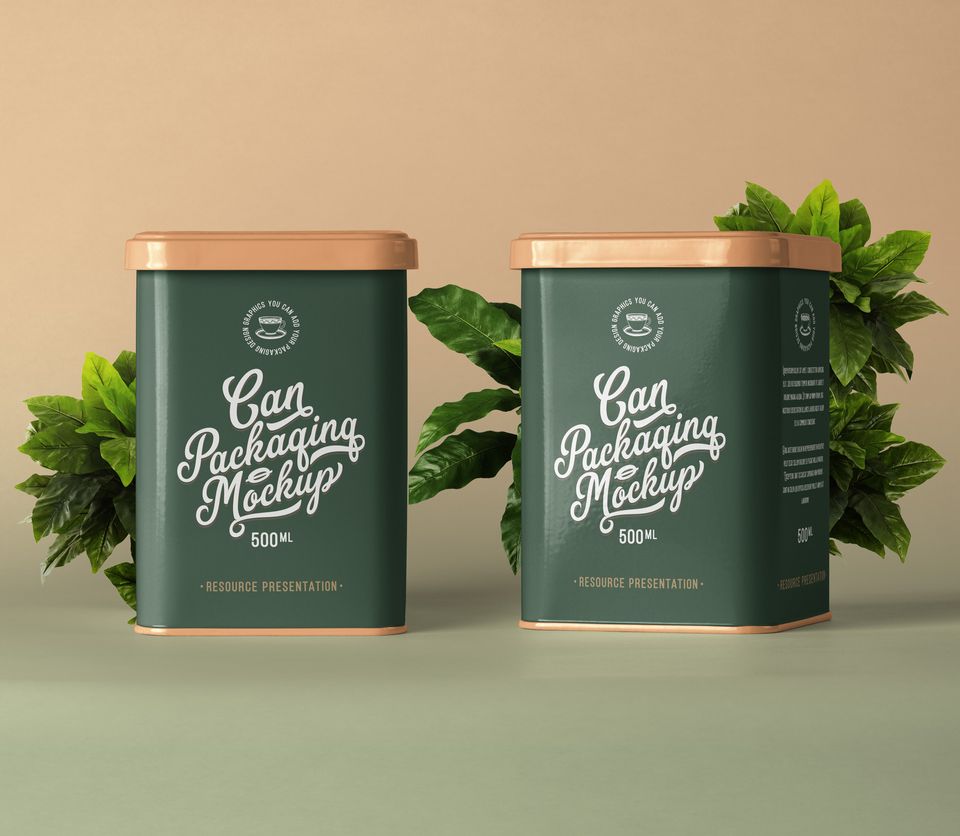
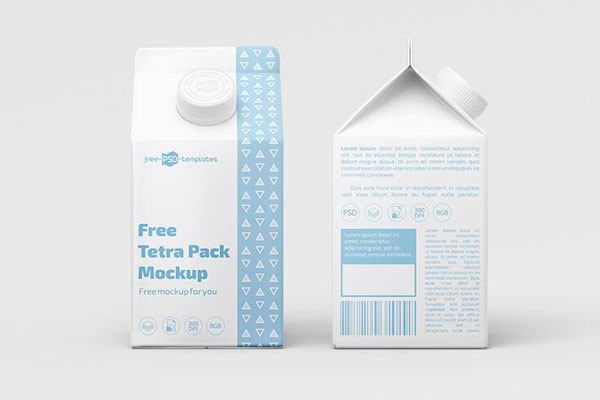
Cartons and Tetra Packs:
- Milk and juice cartons: Made of paperboard coated with wax or plastic, used for liquid products.
- Tetra Pak: Multilayer cartons used for packaging liquids such as milk, juices, and soups.
Blister Packaging:
- Clamshells: Transparent plastic packaging used for small items like electronics, toys, and hardware.
- Skin packaging: A clear plastic film is sealed over the product on a backing card.

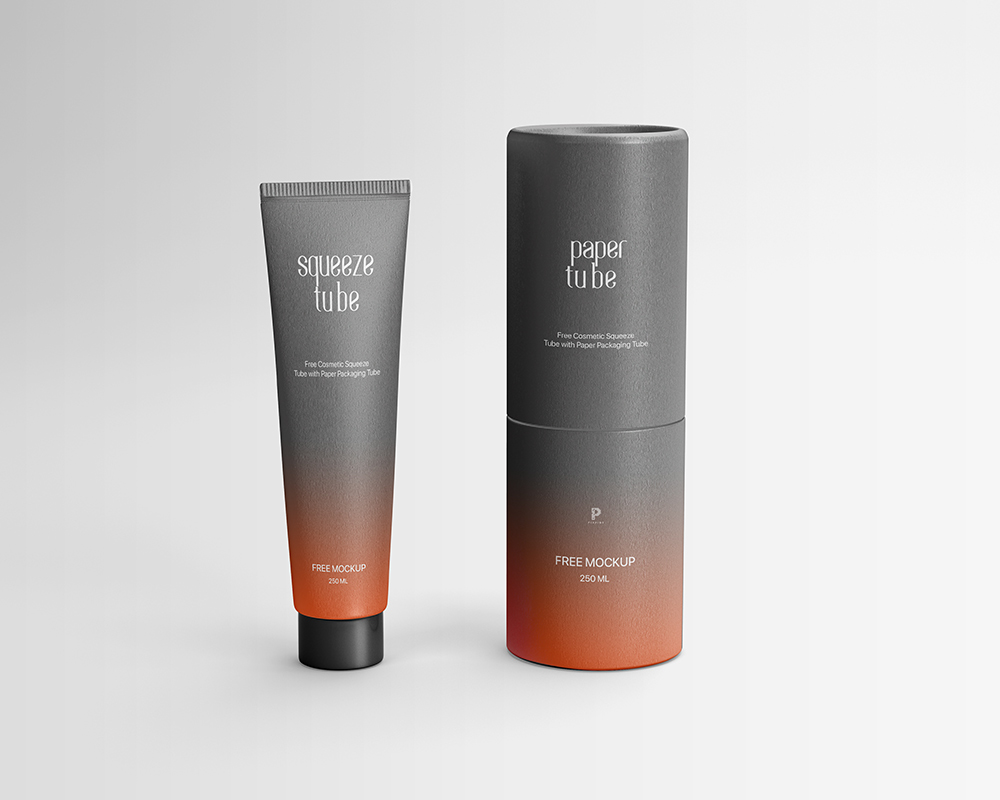
Tube Packaging:
- Aluminum tubes: Often used for pharmaceuticals, cosmetics, and food products like toothpaste and sauces.
- Plastic tubes: Lightweight and flexible, used for creams, gels, and adhesives.
Specialty Packaging:
- Shrink wrap: Used to bundle products together or provide tamper resistance.
- Vacuum packaging: Removes air from the package to extend shelf life, commonly used for meat and cheese.
- Foam packaging: Provides cushioning and protection for fragile items during shipping.

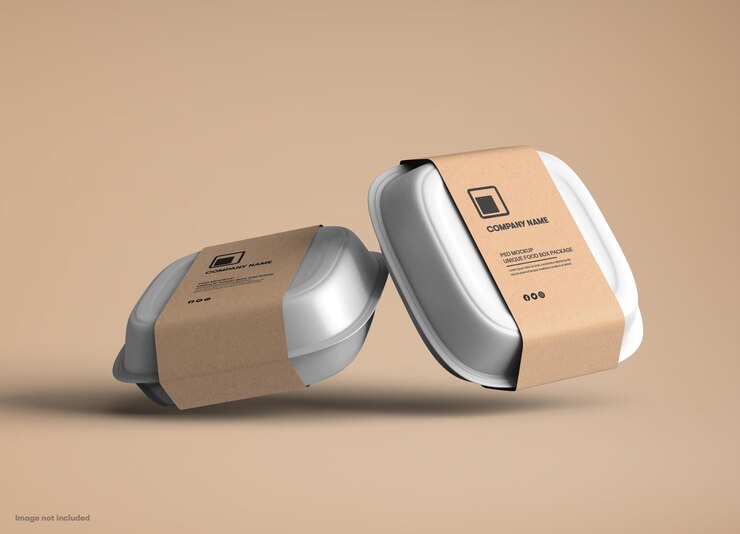
Sustainable Packaging:
- Biodegradable packaging: Made from materials that decompose naturally, such as compostable plastics or plant-based materials.
- Recyclable packaging: Designed to be easily recycled after use, reducing environmental impact.
Luxury Packaging:
- Rigid boxes: High-quality packaging often used for luxury items like perfumes, watches, and jewelry.
- Embossed or foil-stamped packaging: Adds a premium look and feel to products.
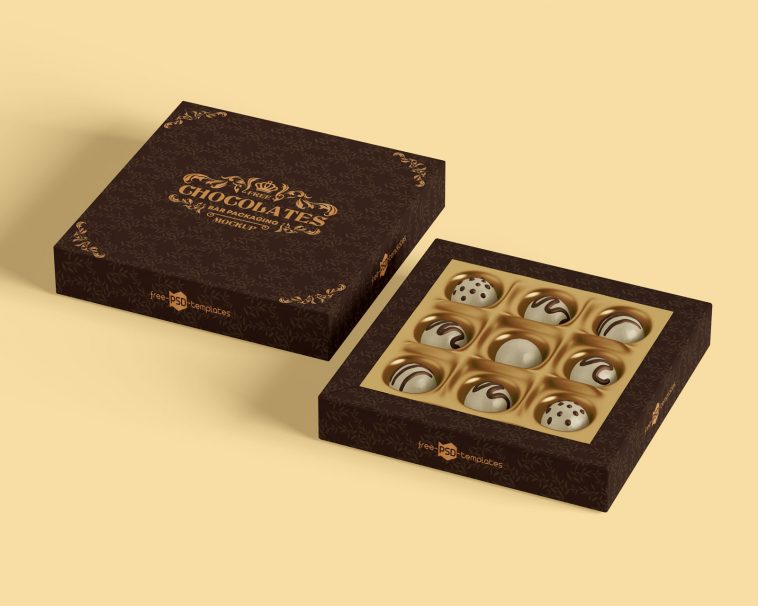
These are just some examples, and there are many more variations and combinations of packaging formats used across different industries and product types.